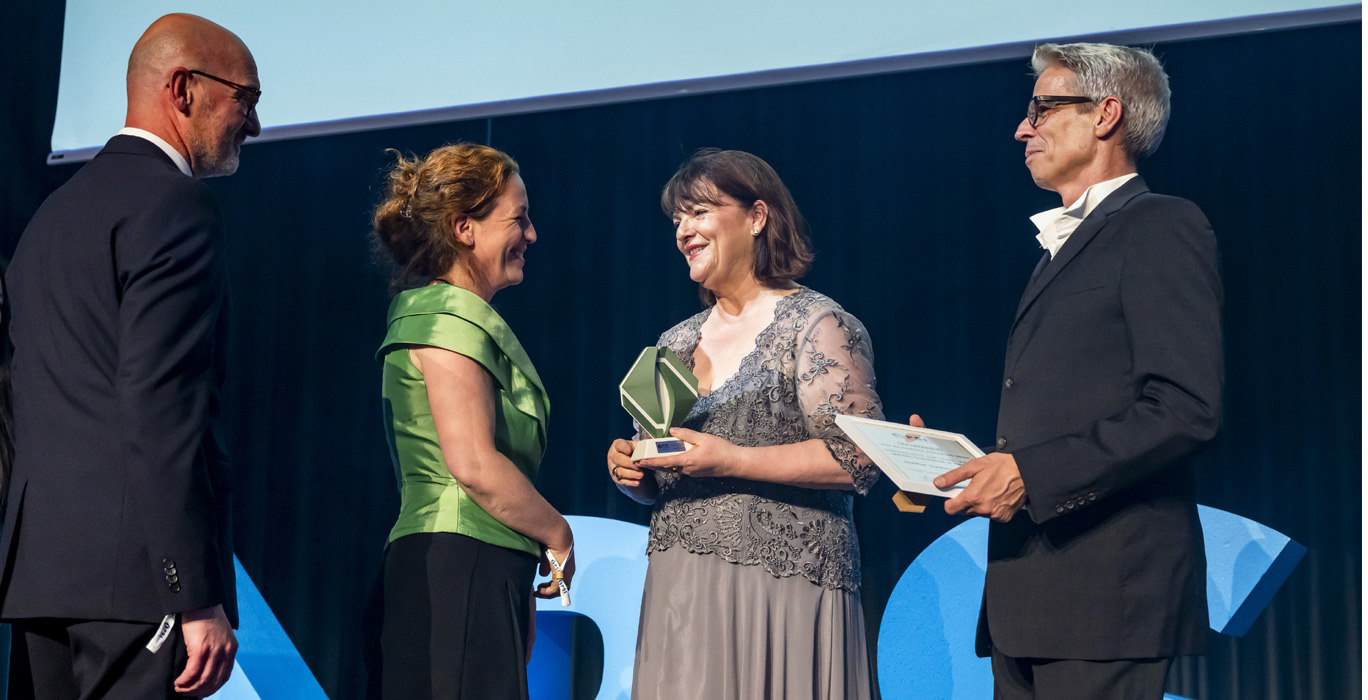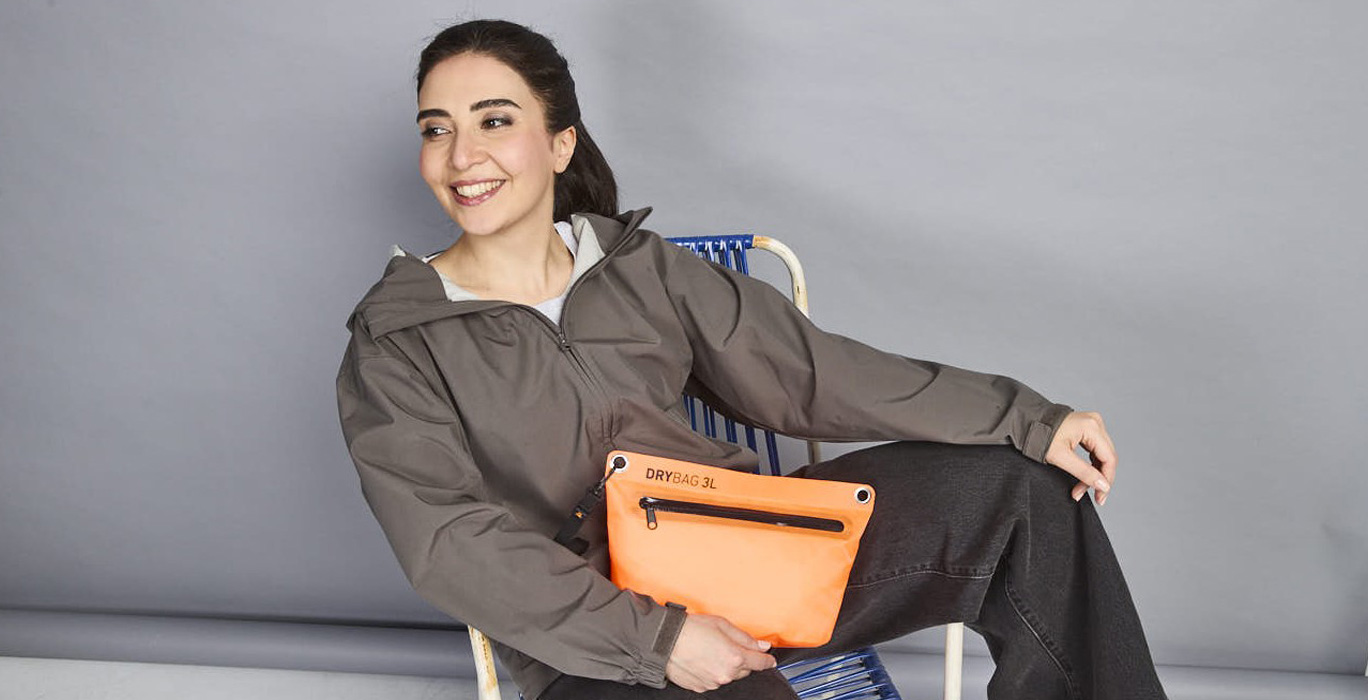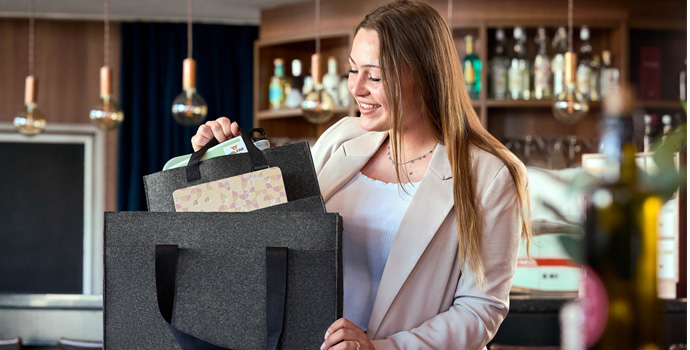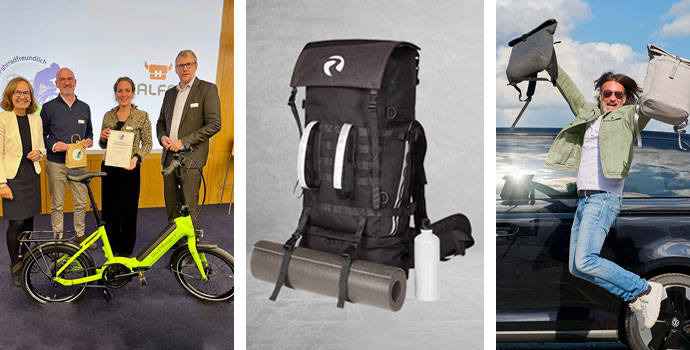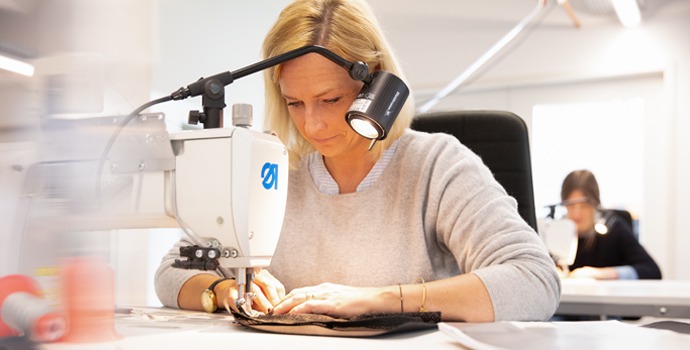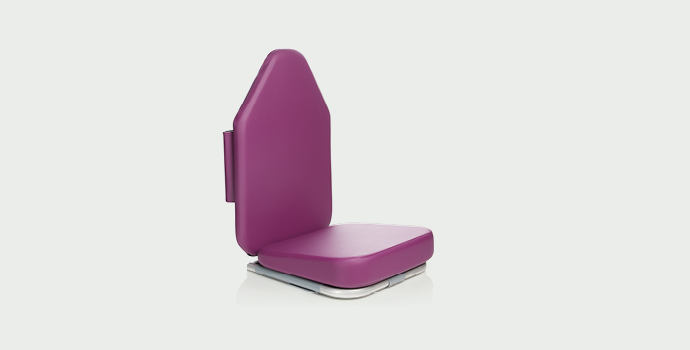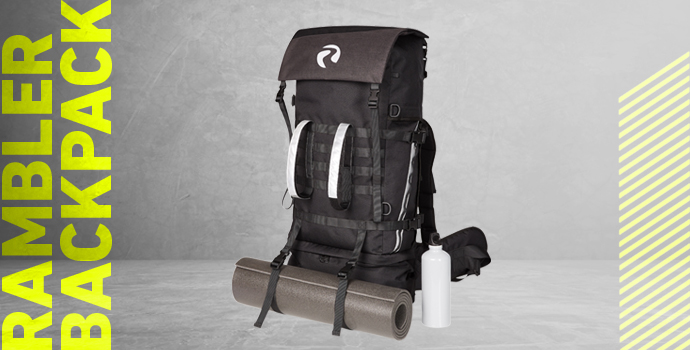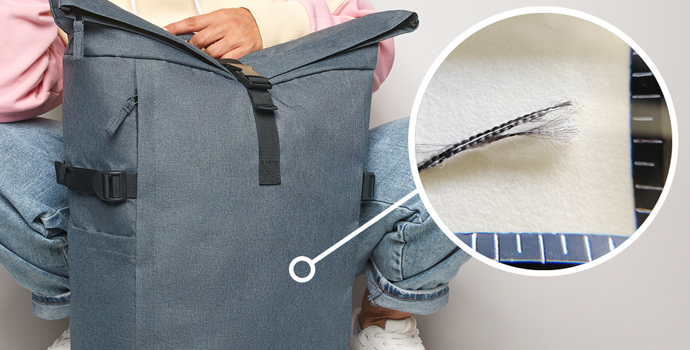We are constantly on the search for new innovations, particularly in the area of technical bags. Since the end of 2023, Halfar has been utilising the innovation of a 3D printer, which is used specifically for the prototype development of technical bags and textile solutions.
Interview with Jan, our designer for special bags:
How did the decision to invest in a 3D printer come about and how does it influence the development of our technical bags?
The decision to invest in a 3D printer was significantly influenced by the increasing complexity of our customers’ enquiries in recent years. This development has led to a significant increase in the demands on our development performance. The introduction of the new technology now enables us to offer faster and more customised solutions to problems by creating and printing 3D designs directly on site. In the past, prototyping our specialised bags and textile solutions was a lengthy process that often took weeks or months.





